
A Beginner's Guide To Cobra Lily Care
Published: 11/01/2023 | Updated: 08/05/2023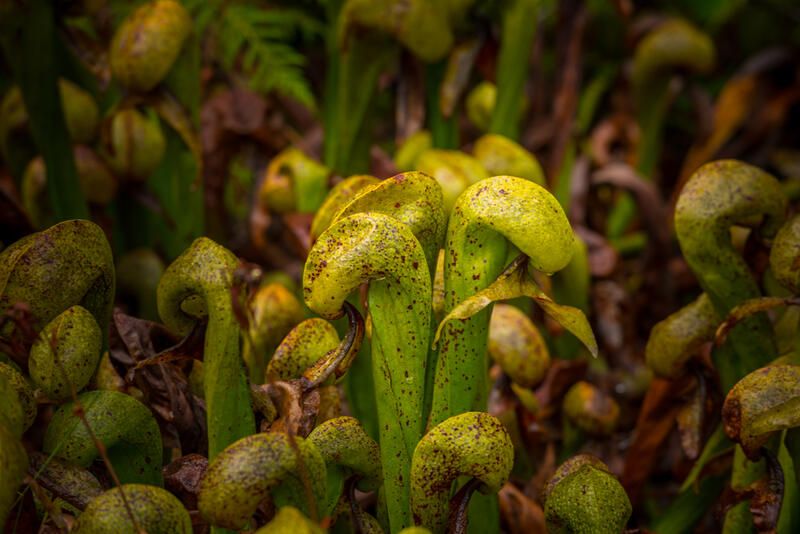
If you're a big fan of carnivorous plants, then you must have come across the unique cobra-shaped plant: cobra lily.


Cobra lily has long been a favorite among botany enthusiasts due to its beautiful flowers and interesting leaves.
The sad news is that many people try to grow cobra lilies and fail because if these amazing plants aren't properly cared for, they can easily wilt and die.
Luckily for us all, some easy tips will help ensure your success in growing these incredible plants!
Cobra Lily's Unusual Look
Cobra lily is a carnivorous plant with unique-looking that can be easily distinguished from the rest of its family—its hooded upper lip gives it an exotic appearance unlike any other. This flower structure is what makes it so special: the petals look like they're wearing eyeliner!
This unusual look attracts pollinators like flies, wasps, butterflies, and hummingbirds alike. But don't worry—the cobra won't bite you with its "tongue" as other Venus flytraps do; instead, it uses its nectar-filled hollow chambers to digest its prey.
To attract insects with a sweet smell, cobra lilies release an odor that attracts hungry bugs looking for food—which is exactly what Cobra Lily wants too!
Once an insect lands on one of these petals, it will fall into the pitcher where there are no exits and end up as dinner for Cobra Lily.
The leaves of this strange-looking flower are also unique—they're long and thin with pointed tips at both ends that make them appear almost fernlike.
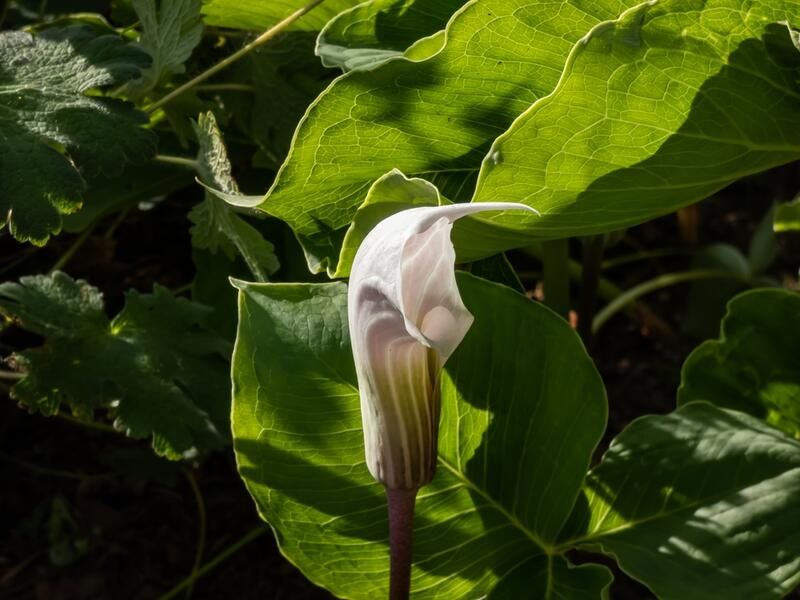
Growing Cobra Lily
Cobra lilies are carnivorous plants that belong to the genus Darlingtonia. They're native to northern California and Oregon, where they grow in wet, cool environments like those found along creeks and near the coast.
These plants are perennial—that is, they live for several years—but because of their unusual appearance and rarity, they're typically sold as annuals.
They can be kept indoors over winter by placing them in a cool spot with good air circulation (such as under fluorescent lights) or moved outside into pots during summer months (they're dormant without water).
Soil Mixture For Growing Cobra Lily
Soil is the most important factor when growing cobra lilies. Cobra lilies are native to bogs and wetlands, so they require nutrient-poor soil.
The best way to do this is by using a soil mix that contains peat moss or sphagnum moss as its base.
It's also important not to overwater your cobra lilies; they thrive in moist but not wet conditions, so you should use a pot with drainage holes at the bottom if possible.
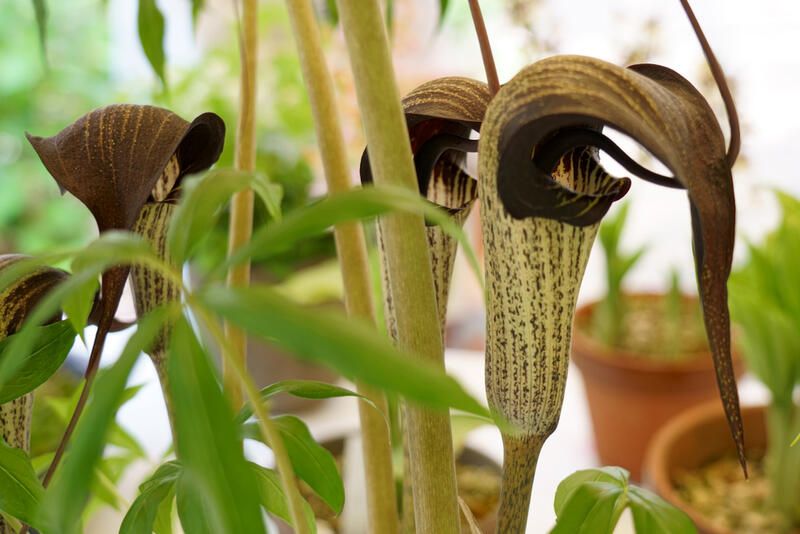
Watering Cobra Lily
You should water your cobra lilies often but don't overwater them.
Cobra lilies need to be watered regularly, and they should not be allowed to dry out. They need to be kept moist at all times.
If you have a particularly large flowerhead and it feels a little heavy for its size, that's a sign that your plant could use an extra drink.
Watering with compost tea is also an option for keeping your plants happy!
Light Conditions For Cobra Lily Plant
Cobra lilies can be grown in full sun, partial shade, and indoors. When planting it outdoors, make sure to plant it in a cool location with lots of water and fertilizer (not necessarily the same thing) during the growing season.
Cobra lily is a hot weather lover that likes wet feet but doesn't like too much heat or cold.
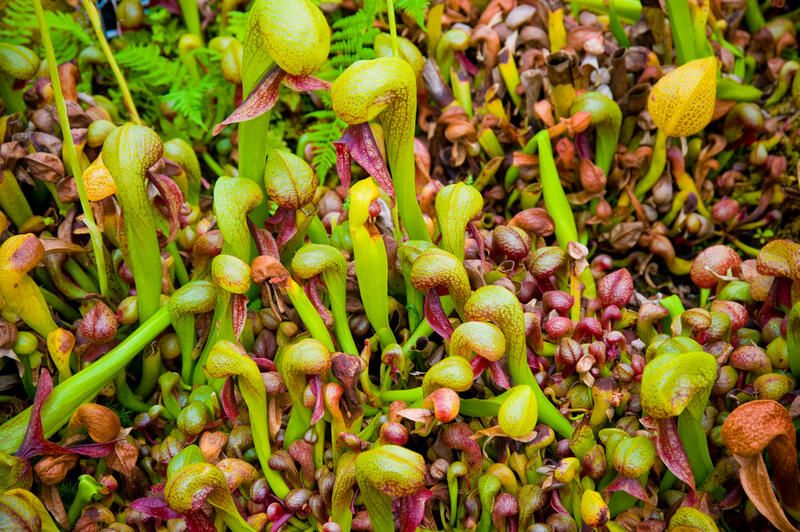
Containers For Growing Cobra Lily
You can grow cobra lilies in a wide range of containers, including plastic pots and clay pots. However, the best pot for your cobra lily is a clay one. Clay pots are porous and allow the plant to breathe, which it needs if it wants to survive.
Also, since you’re growing cobra lilies in clay pots, this means that you should have drainage holes in your pot. Cobras don’t like sitting around wet all day (no one does).
Pests and Disease
While cobra lilies are generally trouble-free, they can be susceptible to a few pests.
-
Spider mites: You'll know if you have spider mites because your plant will get yellow spots on the leaves. If you notice that your cobra lily has this problem, remove all damaged leaves and spray with an insecticidal soap solution every week until it's gone.
-
Scale: Scale is a small black bug that attaches itself to your plant and sucks out nutrients, causing brown patches on the leaves. The best way to keep them off is by spraying them with neem oil or horticultural oil every three weeks or so during the growing season.
Using Fertilizers
Fertilizing Cobra Lily plants is essential to their health and growth. Just like humans, they need food to grow strong and healthy. However, you should not overfeed them.
You can use orchid fertilizer every two weeks during the growing season. Apply a diluted solution of one part water mixed (preferably distilled water) with one part fertilizer for each plant you have in your collection of cobras lilies.
Do not put too much fertilizer on your plants as this may cause them stress and even kill them if they cannot process it fast enough!
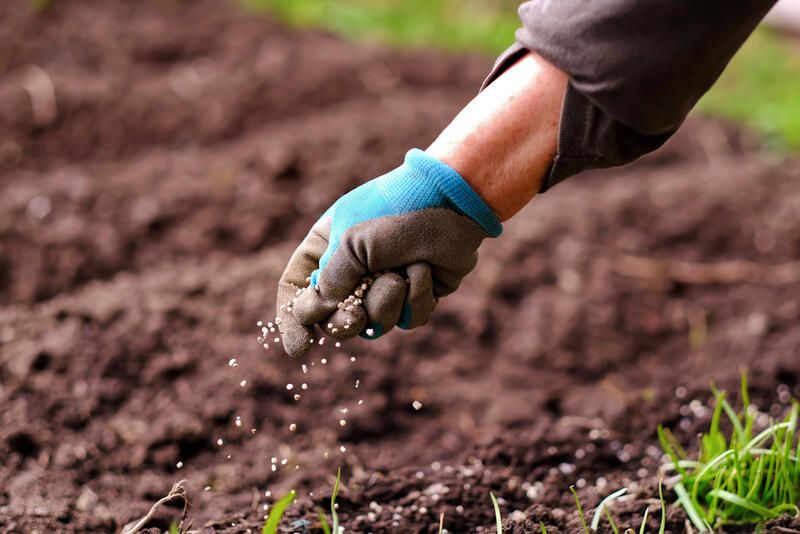
Cobra Lily Propagation
For those of you with a large collection of cobra lily plants, propagation is an important part of maintaining your plant family.
If you'd like to learn how to propagate cobra lilies, there are several options:
-
Propagate using seed pods - this is one of the easiest options because all you need to do is open up the pod and wait for it to sprout new plants! This method works best if you're looking for an easy placeholder until your existing plant has grown a strong root system.
-
Grow rhizome cuttings - rhizomes are thick stem-like roots that grow off of older plants or bulbs and can be used as "jump starts" when starting new ones from scratch.
These tips will help you get started growing and caring for one of the most amazing plants on Earth.
The Cobra Lily is one of the most amazing plants on Earth. It's beautiful, it's rare, and it can live for more than 100 years.
Cobra lily care is not difficult; however, you must pay attention to its special needs to have success growing your cobra lily from a seed or bulb.
Finally, we hope that this was a great opportunity to learn more about one of the most interesting plants in the world, and if you have any questions, don't hesitate to contact ShrubHub's plant experts. It's free and you can also get a 70% discount on all our landscaping services!


